Raymond Loewy, was he a role mode, the first `mad man´ for the TV show `Mad Men´?
"When I came to America, I was stunned by the coarseness of the objects. Everything was really very ugly. That's why I decided to try and correct it."
"When I came to America, I was stunned by the coarseness of the objects. Everything was really very ugly. That's why I decided to try and correct it."
Raymond Loewy (pronounced /ˈloʊiː/ LOH-ee), November 5th, 1893 - July 14th, 1986) is considered the inventor of industrial design. The jukeboxes, petrol pumps, cigarette boxes, refrigerators, cars, trains, airplanes, passenger ships and their interiors, rockets and many more he designed became symbols of the "American Way of Life". Raymond Loewy was an immigrant that shaped the USA ...
by Earl of Cruise
by Earl of Cruise
Source: AZ Quotes
Despite the cover of TIME Raymond Loewy made it on the cover of the politics magazin DER SPIEGEL in Germany in 1953
A quota that a number of modern day naval architects and designers seem to ignore, or never heard of.
"For fans of `Mad Men´ … "Which of Sterling Cooper Draper Pryce’s
accounts was the biggest? Yes, Lucky Strike, very good. Who designed the iconic
packaging for Lucky Strike? ... It was Raymond Loewy." Wayne YandaHe designed among others the world-famous company logos of BP, SHELL, EXXON, LU and LA CROIX, designed the legendary GREYHOUND buses and designed for NASA - but `nobody´ really knows his name today: Raymond Loewy. Except design aficionados, experts, designers and those "with a `nose´ for design". Raymond Loewy but designed too ships and ship interiors.
A sketch for the cafe on BRASIL nad ARGENTINA - Source: Graphische Werken
"Raymond Loewy was involved with the interiors of PANAMA LINES´ PANAMA, ANCON,
and CRISTOBAL, the RIO HUDSON quartette for MOORE-McCORMACK, the postwar refit
of MATSON LINES´ LURLINE, the PRESIDENT JACKSON trio of 1950, BANNER LINES´ ATLANTIC, and MOORE-McCORMACK´s 1958 BRASIL and ARGENTINA." Wayne Yanda
ARGENTINA, the Pool and double deck Lido Lounge - courtesy MOORE-McCORMACK
The French-born designer came to the USA onboard FRANCE in 1919 as Raymond Fernand Loewy, than a poor young man who became the founder of industrial design. His grandparents were born in Hungary. Loewy's parents were Maximillian "Max" Löwy (1860-1919), a journalist from Vienna who grew up in France, and his wife Marie Labalme, who was born in France. From 1910 he studied engineering at the University of Paris. During World War I, he served in the engineering corps and as a liaison officer with the American Expeditionary Forces, and was awarded the Croix de guerre and the Commander's Cross of the Legion of Honour. After the death of his parents in 1919 from the Spanish flu, his two older brothers emigrated to the USA.Raymond Loewy, despite working in the USA and later beinga naturalized US citizen, never lost his footage in France - "To behold the easiness, the French culture offers".
Artist impression of the sisters ARGENTINA and BRAZIL of MOORE McCORMACK - courtesy MOORE McCORMACK
Today, Raymond Loewy, who himself embodies a form of the "American Dream", is one of the hundred most important personalities in American industrial history with Thomas Edison, Henry Ford and the brothers Wright.Books about and from Raymond Loewy:
Never Leave Well Enough Alone: The Personal Record of an Industrial Designer
Raymond Loewy and Streamlined Design - Universe of Style
Raymond Loewy: Pioneer of American Industrial Design
Raymond Loewy: Designs for a Consumer Culture
US COAST GUARD logo, designed by Raymond Loewy - courtey RaymondLoewy.com
Raymond Loewy finally established a design compamy, wih offices in new York and Paris - to stay connected to the French lightness. Few people have been so closely identified with their
company: Steve Jobs and Apple, Hugh Hefner and Playboy, Walt Disney and ... well ... you get the picture.
Back in the days of Raymond Loewy, when brand awarness started companies approached Raymond asking him: "Make me a brand."
During his seventy-year career, which culminated in the fifties, Loewy played a decisive role in shaping American buying habits and lifestyles with the industrial goods he designed. I would say, Raymond Loewy created the international perception of America. His stylistic trademark was the aerodynamic-inspired streamlined shape. Raymond Loewy loved the exhilaration of speed and designed the PRR S1 steam locomotive with a rounded muzzle, STUDEBAKER cars, busses, passenger ships and helicopters, as well as everyday products such as the LUCKY STRIKE Box or the COCA-COLA machine, among others. Raymon Loewy streamlined the sales-curve.
Raymond Loewy with his 1953 design STUDEBAKER - courtey RaymondLoewy.com
With the cars for STUDEBAKER Raymond Loewy created their new logo - courtey RaymondLoewy.com
The designer of the American Dream - Raymond Loewy "honours the designer as a pioneer of the century's format, who anticipated and coined the secrets and wishes of consumer society. In addition, he is supposed to be the "inventor of industrial design" which was quickly forgotten despite his former success.One of his best-known design maxims and at the same time the title of his autobiography was Never leave well enough alone (do not be satisfied with "so it's enough"), which means transferred rather inappropriately with ugliness sold badly. Another one he called "MAYA Principle", whereby the four letters stand for "Most Advanced, Yet Acceptable". To me he had the "golden cut" ingrained in his genes more than anybody else.
LURLINE after her post WWII refit - courtesy MATSON LINES
LURLINE cabin by Raymond Loewy - courtesy MATSON LINE
Raymond Loewy followed his brothers to the USA in September 1919, where they wanted to place him with General Electric. Than when we crossed the S. S. France, he had nothing to offer and produced an ink drawing of an attractive, modernly dressed female passenger on the promenade deck. Harry Gloster Armstrong, the bidder at the British Consul General in New York, suggested that he work in the commercial art work sector and recommended a friend magazine publisher in New York.
Raymond Loewy´s art work for VOGUE - courtey RaymondLoewy.com
In Loewy's early years in the United States, he lived in New York and found work as a window designer for department stores, including MACY´s, WANAMAKER´s and SAKS in addition to working as a fashion illustrator for VOGUE and HARPER´s BAZAAR. In 1929 he received his first industrial-design commission to contemporize the appearance of the MIMEOGRAPH, a duplicating machine by Gestetner. Further commissions followed, including work for WESTINGHOUSE, the HUP MOTOR COMPANY (the Hupmobile styling), 1931, and 1929 styling the COLDSPOT refrigerator for SEARS-ROEBUCK.
It was this refrigerator that established his reputation as an industrial
designer. From 1936 to 1963 he advanced to become STUDEBAKER´s chief designer. In the mid-1930s he opened a London office that continues to
operate.
Raymond Loewy´s softdrink spender for COCA-COLA - courtey RaymondLoewy.com
Raymond Loewy´s creative work included a COCA-COLA softdrink spender, and while with COCA-COLA he slimed the Coke´s bottel line. This line later ws adapted by his model as the Coke-Bottle-Line in others car designs.Other design icons Raymond Loewy created had been a juke box and Coke bottle vending machine.
In 1938 Raymond Loewy became an American citizen.
"Perhaps the biggest brand identity of the mid-20th century was that of Raymond
Loewy. More often than not, if Raymond Loewy was listed as heading up a
project, few, if any of the others involved were mentioned." Wayne Yanda Of the interior designers involved with the ships in this
project, the one that may have the greatest name recognition is Raymond Loewy.
Rendering of RIO HUDSON for MOORE-MCCORMACK, from October 1940 - Source: Graphische Werken
The drawings top and below are from the journal PACIFIC MARINE REVIEW. RIO HUDSON, along with her three sisters were completed as "baby flattops", small aircraft carriers, for World War II -
PRESIDENT JACKSON, PRESIDENT ADAMS, and PRESIDENT HAYES were taken for troopship duties during the Korean Conflict
BANNER LINES´ ATLANTIC was taken over by AMERICAN EXPORT LINES - Source: Graphische Werken
"Any artists connected with any of the above
projects were discovered almost by accident, Raymond Loewy was in the front line - he himself was the brand of design." Wayne Yanda
Raymond Loewy the brand of design, made it as the first designer on the cover of TIME MAGAZINE - courtesy TIME MAGAZINE
Raymond Loewy as "cover model" for THE NEW YORKER, 1953 - courtesy THE NEW YORKER
Commissioned by the Nixon Administration, and in the course of the Cold War spring of that time, Raymond Loewy's design studios developed products for the Russian market, which, however, were not converted by the Russians, but paid for with an irredeemable cheque. The following Carter Administration did not help with the encashment, contrary to the promises of the former administration. This eventually led to the closure of the New York office, especially since Raymond Loewy had reached an age when others already had been retired.
Another design work for the US gouvernment was the internal and external design of AIRFORCE ONE. A design stil used today. When President Kennedy got his new BOEING 707 AIRFORCE ONE, Jackey Kennedy, the last first Lady that had style and elegance ingrained in her genes, engaged Raymond Loewy for a complete makeover.
Another American icon styled by Raymond Loewy are his PENSYLVANIA RAIL ROAD steam locomotives S1 and T1 and a streamline body for 4Ks, which became the role model for S1´s body.
The Baldwin S1 of PENNSYLVANIA RAIL ROAD - courtey RaymondLoewy.com
The Baldwin T1 of PENNSYLVANIA RAIL ROAD - courtey RaymondLoewy.com
The Locomotive: Its Aesthetics (1937)
Streamliners: Locomotives and Trains in the Age of Speed and Style
Streamliners: Locomotives and Trains in the Age of Speed and Style
In 1937, when the PENNSYLVANIA RAIL ROAD decided to build a new experimental steam locomotive, Raymond Loewy was hired to design the exterior of the steam engine. He designed a streamline hull for the powerful machine in an aerodinamic style. The machine got the number S1 and was nicknamed `The Big Engine´. Even when motionless it seemed fast and, indeed, it was. However, it was never able to reach the kind of performances that were expected from it: it was never able to haul 1,000 tons at 160 Km/h (100 miles/h). It first run in 1939, but was removed from the tracks in 1945. Still, the S1 remains, to this day, the archetype of modern industrial design, setting standards that would prevail for most of the 20th century.
The partnership between Loewy and the PENNSYLVANIA RAIL ROAD would also produce the T1, PENNSYLVANIA RAIL ROAD's largest, most powerful and impressive steam locomotive, able to haul 1 000 tons at 160 Km/ hour easily - in fact, it was so powerful it was extremely prone to violent wheelslip. The T1 was a superb machine, with over 6,000 Hp and of complex and sophisticated technology. Two prototypes were introduced in 1942 and fifty more in 1946. Although a lot of hope was set on the T1 and it was seen as a prototype for the future of high-speed, long-distance transportation, tecnical problems concerning its reliability and maintenance, as well those with the tracks she was running on, jeopardised its continuity. It was finally withdrawn in 1948, when diesel locomotives arrived.
Contrary to popular belief, the GG1, as the Coke bottel, was not designed by Raymond Loewy. His contribution came later on, when he suggested the use of a smooth, welded construction instead of riveted assembly, in order to streamline its shape and construction.
The partnership between Loewy and the PENNSYLVANIA RAIL ROAD would also produce the T1, PENNSYLVANIA RAIL ROAD's largest, most powerful and impressive steam locomotive, able to haul 1 000 tons at 160 Km/ hour easily - in fact, it was so powerful it was extremely prone to violent wheelslip. The T1 was a superb machine, with over 6,000 Hp and of complex and sophisticated technology. Two prototypes were introduced in 1942 and fifty more in 1946. Although a lot of hope was set on the T1 and it was seen as a prototype for the future of high-speed, long-distance transportation, tecnical problems concerning its reliability and maintenance, as well those with the tracks she was running on, jeopardised its continuity. It was finally withdrawn in 1948, when diesel locomotives arrived.
Contrary to popular belief, the GG1, as the Coke bottel, was not designed by Raymond Loewy. His contribution came later on, when he suggested the use of a smooth, welded construction instead of riveted assembly, in order to streamline its shape and construction.

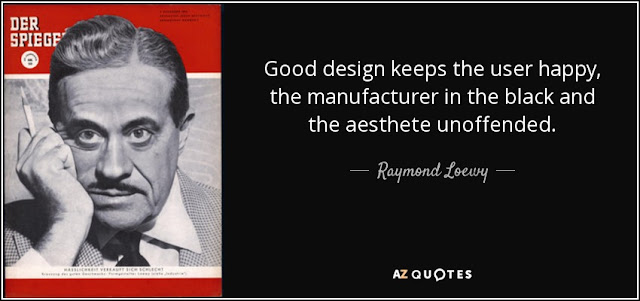



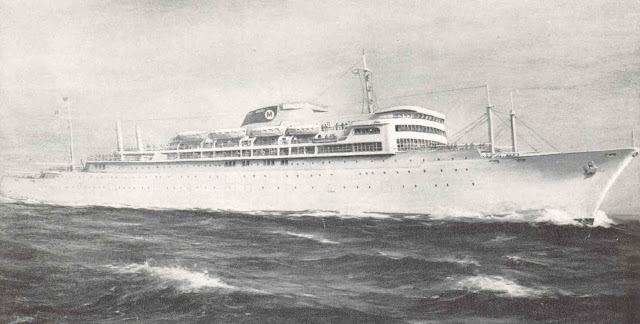

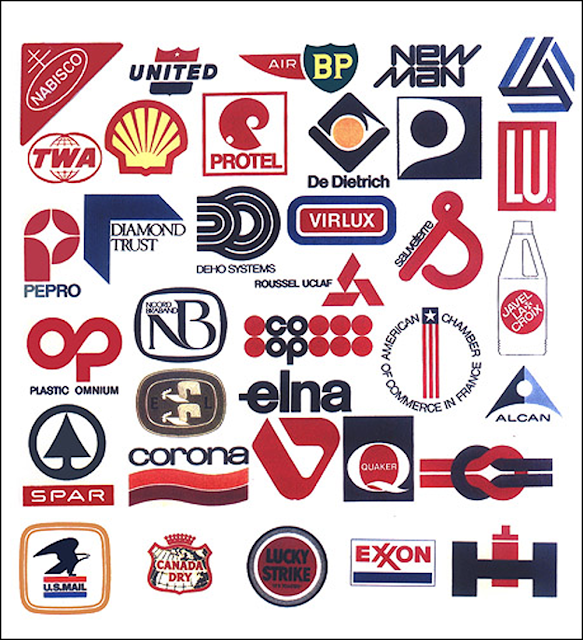
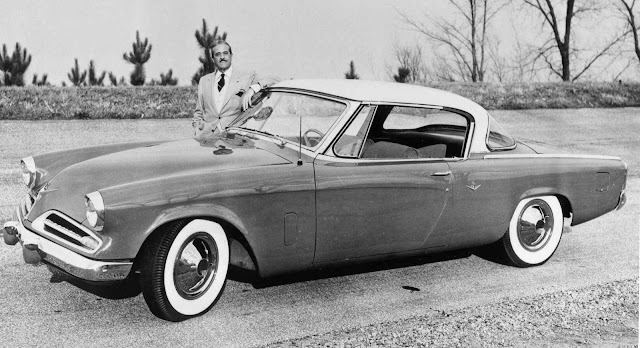

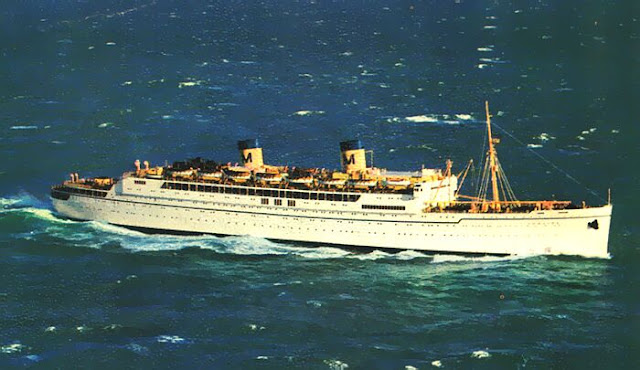
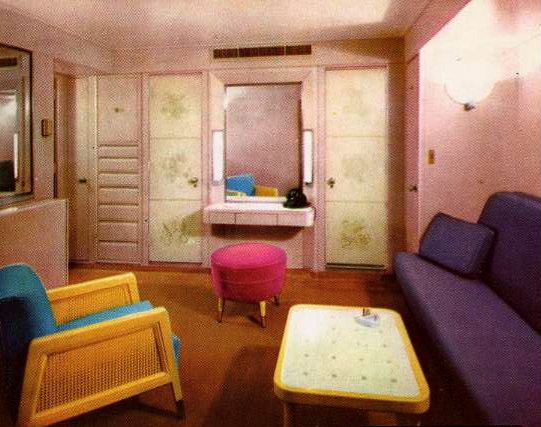
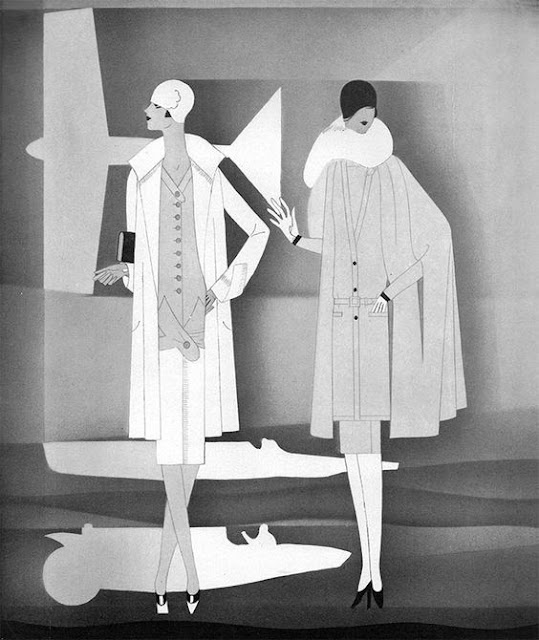

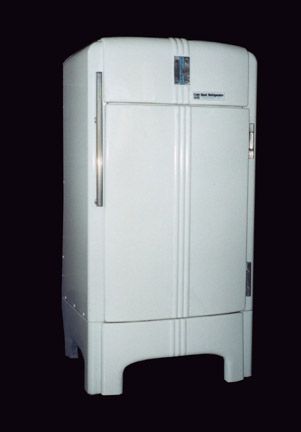
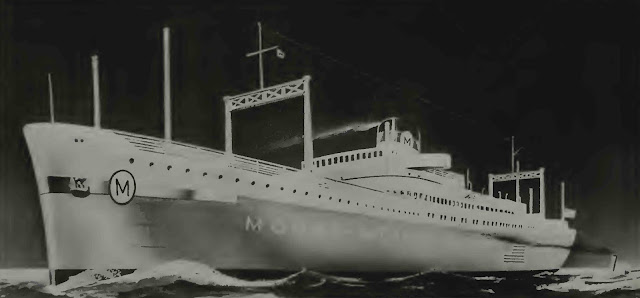
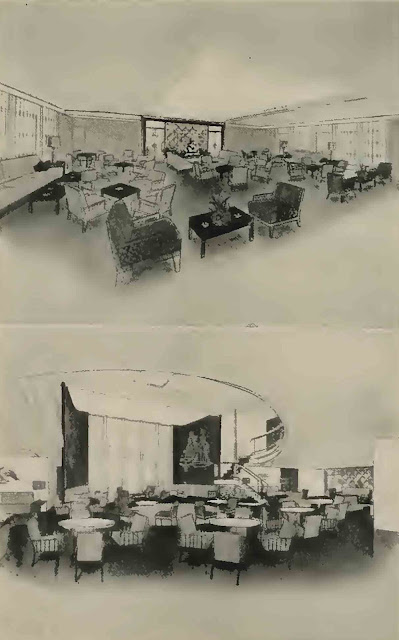
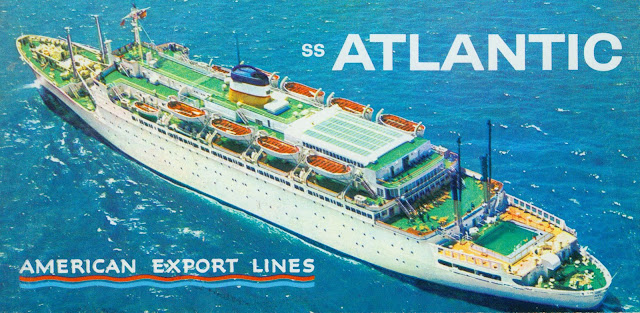
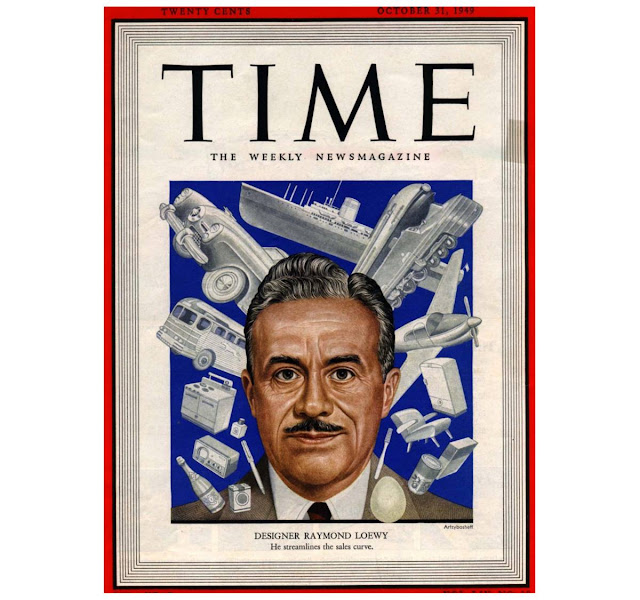
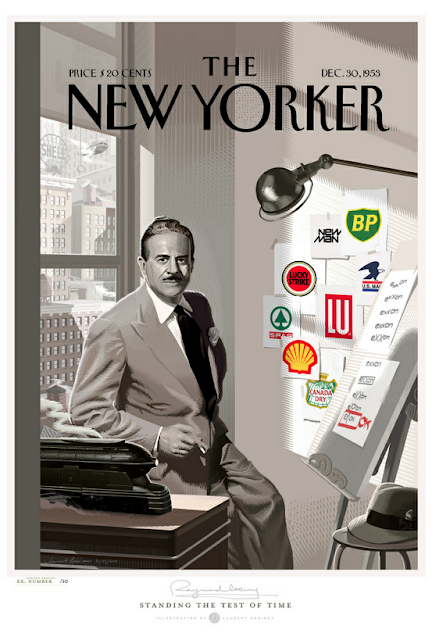
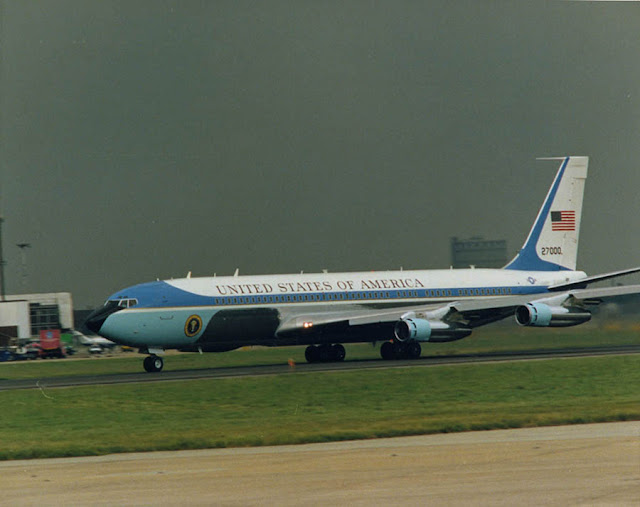
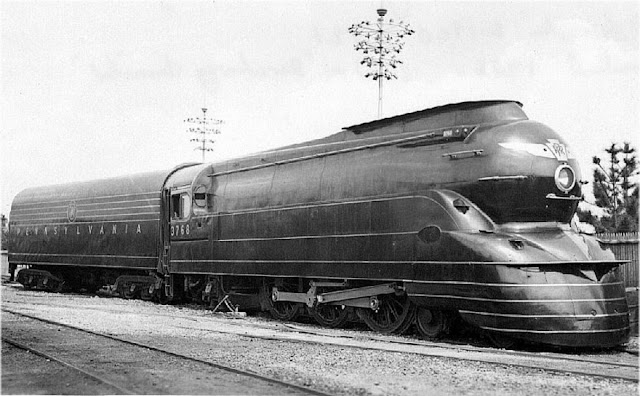
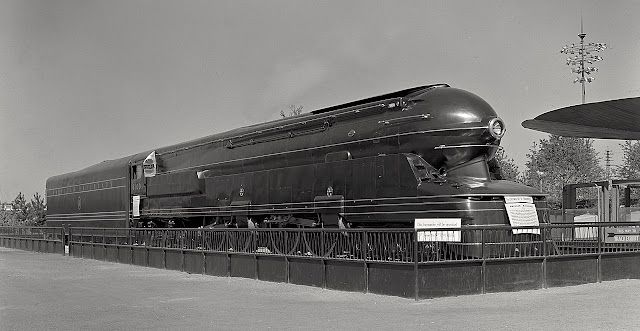

Thanks for sharing this wonderful information. View this also - Car shipping to Germany
ReplyDeleteThis website, while interesting and informative, needs proofreading and editing.
ReplyDelete